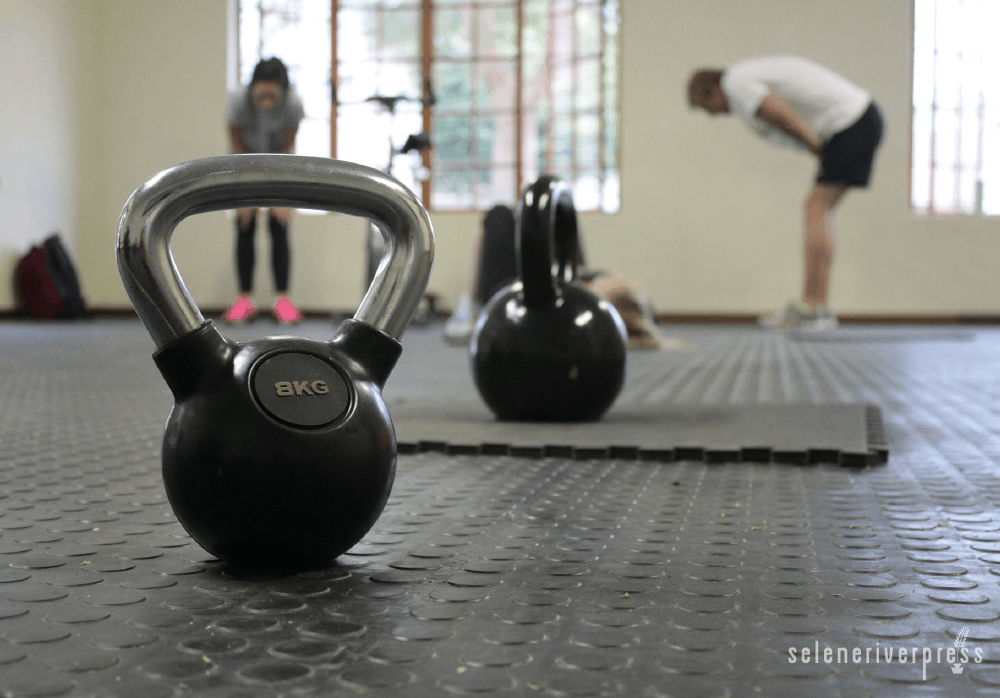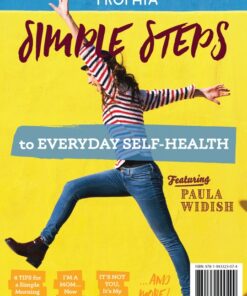My core muscles have taken a beating over the years. It all started with carrying three babies to full-term, and then the problem was exacerbated by my disdain for all things in the sit-ups and crunches family. Bicycles, side twists, exercise ball—I’m not a fan.
Your core muscles are pretty darn important though, and not to be ignored. They’re the stabilizing muscles of the abdomen, thorax (chest), and back. Their job is to keep your spine in a neutral position.
The fitness of this muscle group helps you with every movement your body makes, from the ordinary task of sitting upright to the seasonal task of shoveling snow. The key to moving through the activities of your day, and avoiding injury, is your core. More specifically, a strong one. In my quest to adopt a new healthy habit for each month of 2016, it seems some core training is in order. But can I do it without sit-ups and crunches?
I was delighted to discover that many experts don’t recommend a single sit-up or crunch. Why? Sit-ups and crunches only work the six-pack abdominal muscles. A strong core means that the abdominal muscles work with your back muscles to keep your spine stable (neutral). Exercise physiologist and fitness coach Luci Gabel points out that you want to train your core muscles to resist movement, rather than give in to it.
So what routine makes for a strong core? The link above offers a basic 30-day challenge for core training that consists of four different exercises. Here are some others to consider:
- Planks: These are a fantastic starting point for strengthening your core because they can work all of the muscles and beyond. As your body gets good at the standard plank, you can add variety. Try the side plank, for example, or balance on only one leg and the opposite arm.
- Crawling: Yes, you read that right. I was surprised (even a little tickled) to see this as a core training option. The act of crawling forces opposite sides of your body to work together, which not only activates your core strength but also resets your central nervous system.
- Kettlebell swings: Adding the weight of a kettlebell and using proper form to swing it can up your core training game. Once you’ve mastered the plank and/or crawling, consider perfecting your kettlebell swing to strengthen your core muscles even more.
I take great pleasure in saying a less-than-fond farewell to the days of crunching your way to strong abs—and in giving a warm welcome to some of these other core training exercises that hold promise for keeping me on task.
I’m determined to end 2016 stronger than I was when it started. Since the key seems to be in my core, that’s the healthy habit I started on the 15th of this month. I’d like to say that I’m beyond a beginner, but that could be a tad optimistic. There’s no shame in starting where you are, so I’m beginning with a good ol’ 30-day plank challenge. I like that this one includes both a front and side plank—I plan on doing both sides each day.
Of course, it’s difficult to have a strong core if you carry around extra weight in your midsection. To get a stronger core before you know it, work with a health care professional to assure your hormone levels are where they need to be, avoid the highly processed foods that are a typical part of SAD (Standard American Diet), and continue to educate yourself with articles like Maria Atwood’s “Help! My Body Is Getting Flabby.”
What’s your favorite exercise for keeping your core strong?
 Get self-health education, nutrition resources, and a FREE copy of A Terrible Ten: Health Foods That Ain't ebook.
Get self-health education, nutrition resources, and a FREE copy of A Terrible Ten: Health Foods That Ain't ebook.

